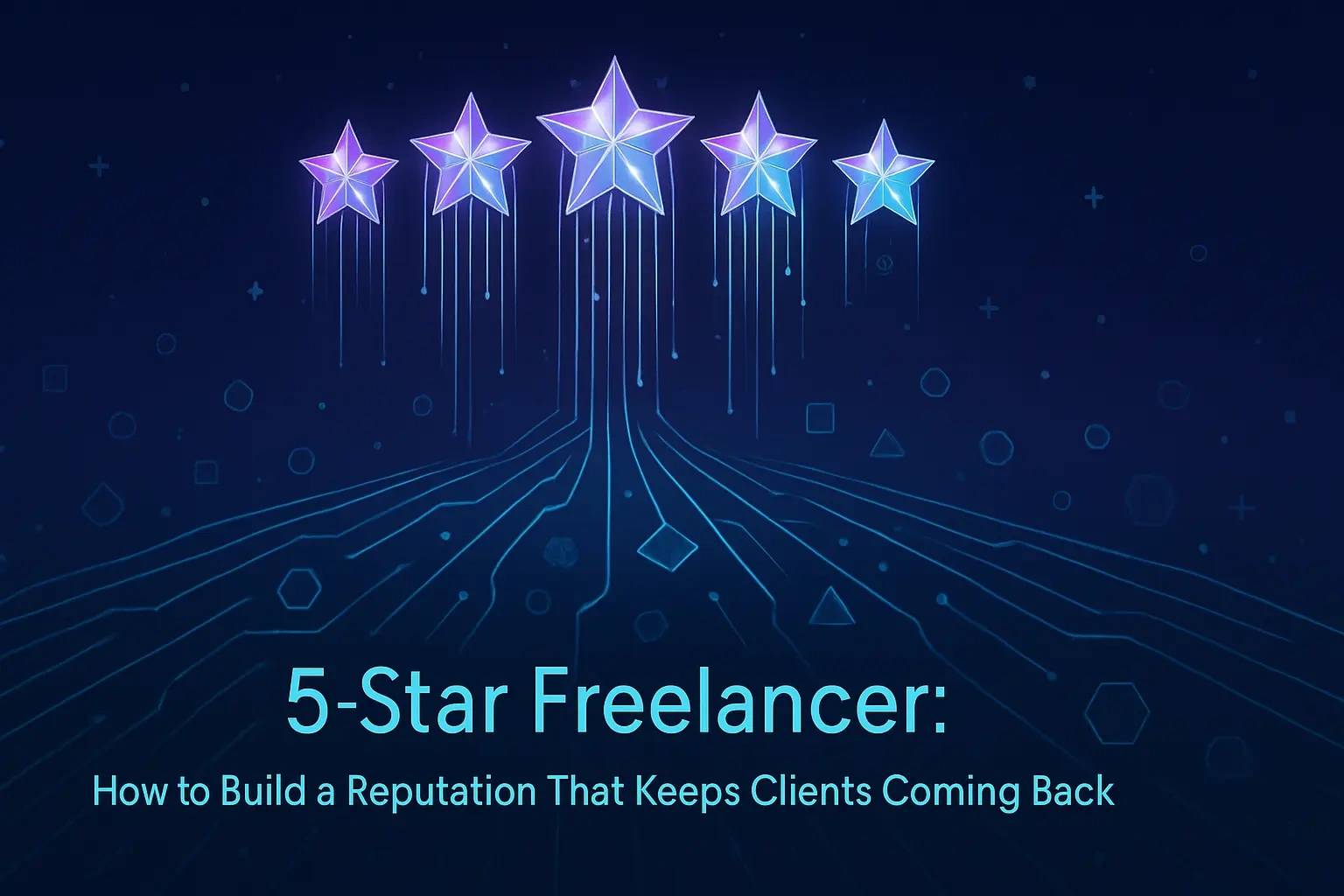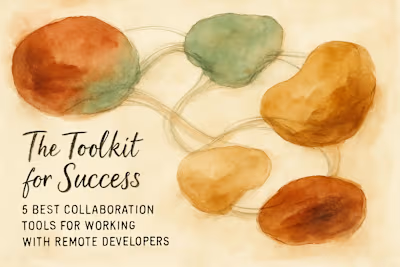5-Star Freelancer: How to Build a Reputation That Keeps Clients Coming Back

5-Star Freelancer: How to Build a Reputation That Keeps Clients Coming Back
The Foundation: Delivering More Than Just Code
The 'Under-Promise, Over-Deliver' Philosophy
Consistency and Reliability Are Non-Negotiable
Thinking Like a Partner, Not Just a Hired Hand
Mastering the Art of Client Communication
Setting Clear Expectations from Day One
Proactive Updates: Keeping Clients in the Loop
Translating 'Geek Speak' into Business Value
Proactively Seeking and Leveraging Testimonials
When and How to Ask for a Review
Making It Easy for Clients to Say 'Yes'
Showcasing Your Social Proof
Grace Under Pressure: Handling Difficult Situations
Navigating Scope Creep with Professionalism
Turning Negative Feedback into a Positive
Building Your Reputation: A Long-Term Investment
References
5-Star Freelancer: How to Build a Reputation That Keeps Clients Coming Back
The Foundation: Delivering More Than Just Code
The 'Under-Promise, Over-Deliver' Philosophy
Consistency and Reliability Are Non-Negotiable
Thinking Like a Partner, Not Just a Hired Hand
Mastering the Art of Client Communication
Setting Clear Expectations from Day One
Proactive Updates: Keeping Clients in the Loop
Translating 'Geek Speak' into Business Value
Proactively Seeking and Leveraging Testimonials
When and How to Ask for a Review
"I know you're swamped, so I drafted a testimonial based on our work together. Feel free to edit or rewrite completely - I just wanted to make it easy for you."
Making It Easy for Clients to Say 'Yes'
Showcasing Your Social Proof
Grace Under Pressure: Handling Difficult Situations
Navigating Scope Creep with Professionalism
Turning Negative Feedback into a Positive
Building Your Reputation: A Long-Term Investment
References
Posted Jul 4, 2025
Your reputation is your most valuable asset. Learn how to deliver 5-star service, master client communication, and leverage testimonials to build a thriving Shopify development business.







